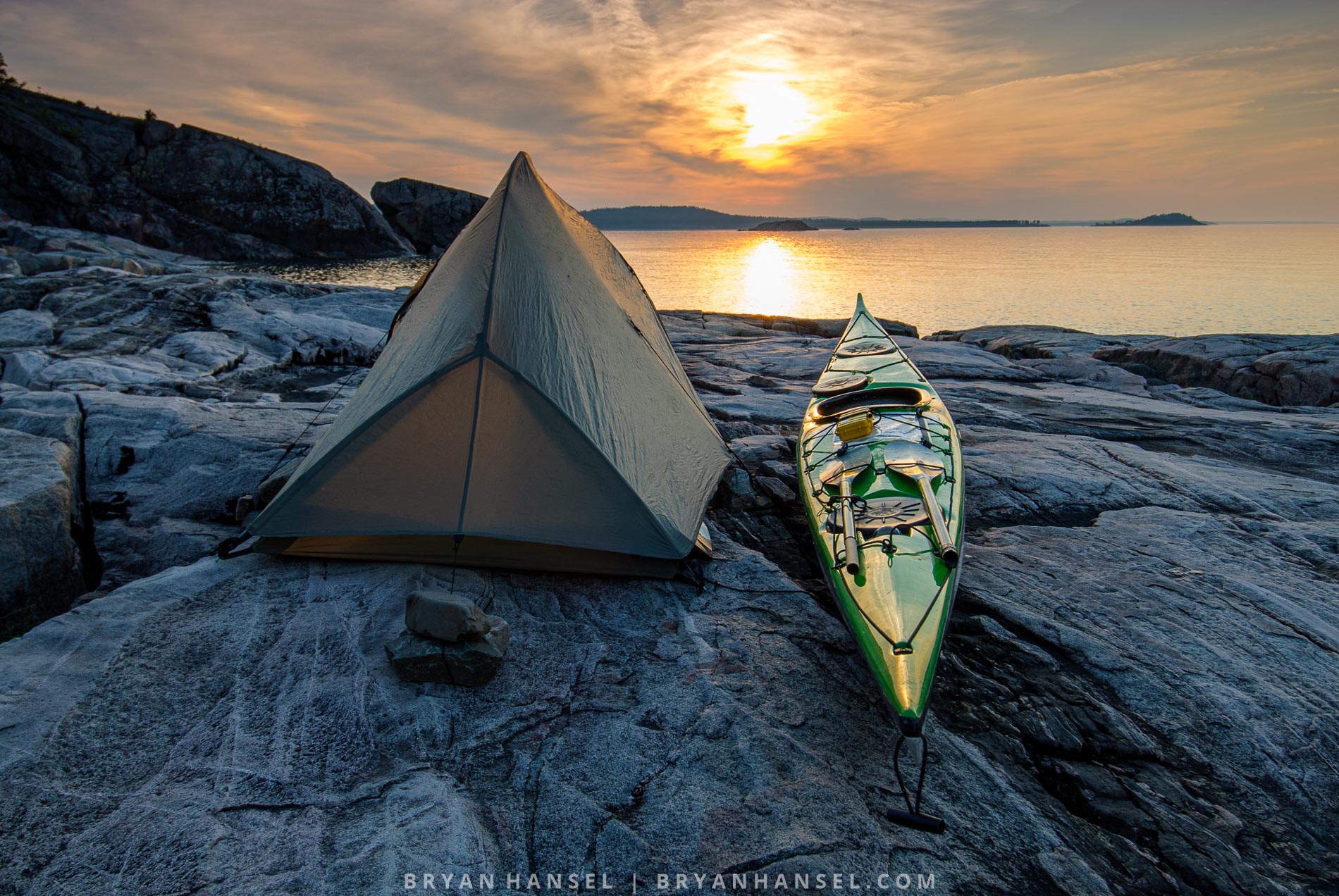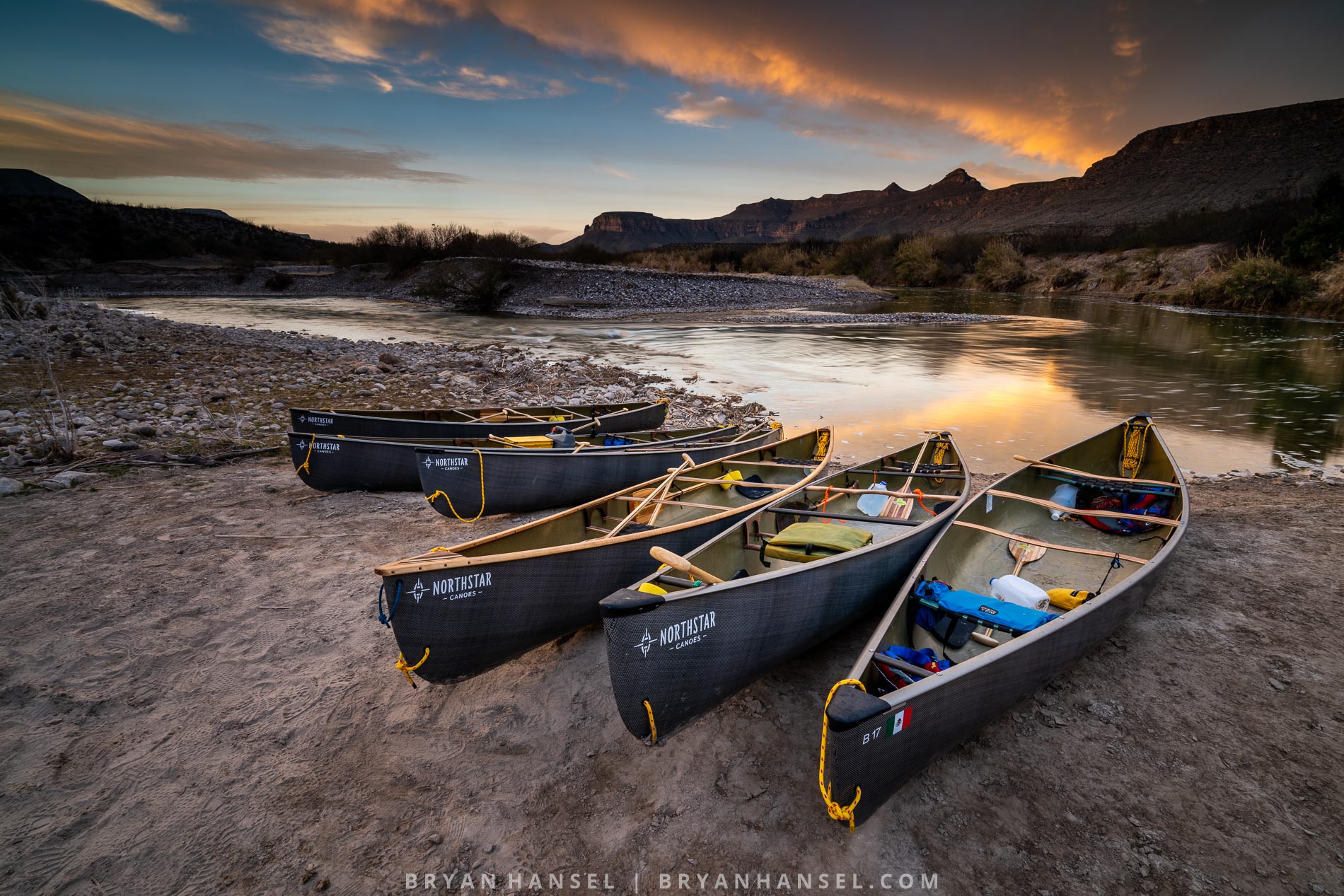The Triple Crown of Paddling
In other outdoor activities, such as backpacking and bikepacking, participants have a set of three inspiring trips known as a triple crown. For example, in backpacking there’s the Appalachian Trail, Pacific Crest Trail and the Continental Divide Trail. For bikepackers, there’s the Arizona Trail, Great Divide Mountain Bike Route and the Colorado Trail. Although I suspect that Eastern Divide Trail will boot the Colorado Trail from the list. But there isn’t solid Triple Crown of Paddling, yet. It’s about time that changes.
Triple Crown of Paddling Criteria
Before establishing potential routes in a Triple Crown of Paddling there needs to be criteria. These are what I’d suggest:
Distance: Trips must be of a significant distance or be in a location where the distance is magnified by remoteness. Maybe a distance of 500 miles would be a good starting point for consideration.
Non-Motorized: All portions of the trips must be completed using non-motorized watercraft. This does not include traveling to the start or back home from the finish.
Clout: Trips must be those that are done by parties (outside of an event) on a yearly basis. This would exclude trips that haven’t been done before or have only been done by one or two people. While it will be the elite of the paddling that complete all three, each one should be achievable by motivated individuals. A good indication of clout is whether or not it has a guidebook and whether or not people have written books and blogs about their trips on the water trail.
Unorganized: Trips must be completed often by individuals outside of events. It would also exclude those specifically done for races, but there might be organized events on the route. It just wouldn’t be the primary factor that people paddle the route. For example, the Yukon River likely sees the most people paddling it because of the race. So, it might be excluded from the Triple Crown.

Possible Routes
I think the list must include the first two, but the third one I’m unsure about. I have a probable inclusion, but beyond that there are so many good paddles.
Must Includes:
The Mississippi River: The longest river in North America, stretching over 2,300 miles from Minnesota to the Gulf of Mexico. Many paddlers aspire to paddle the full length and every year several parties achieve this goal. Paddlers use canoes, kayaks and standup paddle boards. Books have been written about it.
The Northern Forest Canoe Trail (NFCT): An official 740-mile trail through New York, Vermont, New Hampshire, Quebec and Maine. It’s estimated that around 30 to 50 attempt it each year, but only about 100 have completed it. In 2022, 11 paddlers completed the route and reported their thru-paddle. Two more reported completing their section paddles. This is a classic canoe route that features everything big lakes, long portages and rapids. This is a must on any Triple Crown of Paddling list. This is most often done in a canoe. Multiple guidebooks have been written about it.
Probable Third Spot:
The Inside Passage: A 1,300-mile route that follows the coast of Washington, British Columbia and Alaska. It’s most often kayaked, but canoes and paddleboards have been used. The inclusion of this route adds a saltwater trip and a west coast trip to the Triple Crown. It’s also a classic route with books written and videos made about paddling the route. It’s so classic that there’s even a guidebook about kayaking it. The book describes the route as “a holy grail for contemporary sea kayakers. It is without question the most scenic and challenging paddling trip in North America.”

Other Ideas:
There are so many other routes that could be included. Here are just a few.
The Yukon River: A 2,000-mile river that runs through Alaska and Canada
The Missouri River: A 2,341-mile river that starts in Montana and flows into the Mississippi River
The Everglades Wilderness Waterway: A 99-mile water trail through the Everglades National Park in Florida
The Great Loop: A 6,000-mile waterway that circumnavigates the eastern half of the United States
The Mackenzie River: Canada’s longest river, stretching over 1,100 miles in the Northwest Territories
The Rio Grande: A 1,885-mile river that runs through the southwestern United States and Mexico
The Green River: A 730-mile river in Utah and Wyoming that flows through scenic canyons
The John Wesley Powell Route: A 1,000-mile route that follows the Colorado River through the Grand Canyon
Lake Superior: A 2,726-miles route that follows the shoreline of Lake Superior through Minnesota, Wisconsin, Michigan, and Ontario, Canada.
Discover the Triple Crown of Long-Distance Paddling: Explore Scenic Waterways Across North America
By designating a Triple Crown of Paddling, we’d give paddlers a new goal to aim for and maybe motivate a new generation of paddlers to attempt to achieve the triple crown. My list would be the Mississippi River, the Northern Forest Canoe Trail and the Inside Passage. Each challenges a paddler’s skills in new and unique ways, and if paddled in the order that I’ve listed them, they get increasingly harder.
What do you think? What would be your list? When do we leave?
